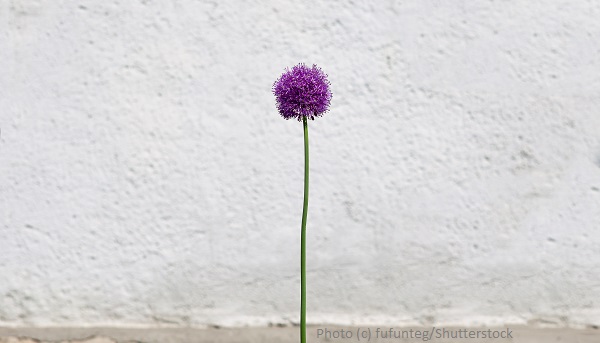
Small is Beautiful...
And Local, Sustainable, and Planet-Saving
By Wendy Priesnitz
E.F. Schumacher, author of the 1973 classic Small Is Beautiful: Economics as if People Mattered, wrote, “[A modern economist] is used to measuring the ‘standard of living’ by the amount of annual consumption, assuming all the time that a man who consumes more is ‘better off’ than a man who consumes less. A Buddhist economist would consider this approach excessively irrational: Since consumption is merely a means to human well-being, the aim should be to obtain the maximum of well-being with the minimum of consumption.... Modern economics, on the other hand, considers consumption to be the sole end and purpose of all economic activity.”
Schumacher was on to something there, and the rest of society is just now catching up. Much of what we write about here in Natural Life Magazine provides good examples. For instance, the tiny housing movement is one: Some people are realizing the environmental, economic, and social benefits to be gained from dwellings that have a small footprint.
Unfortunately, the bigger is better notion dies hard. Large houses and large vehicles continue, for many people, to be a measure of prosperity and success. In fact, consumption itself remains important to our society. Even the current climate change-driven burgeoning level of awareness of the need for environmental stewardship seems to be based mostly on substituting so-called green purchases for not-so-green ones, rather than not purchasing at all.
Nor do governments seem yet to understand the relationship between economics and eco-friendly lifestyles. Some politicians are still using the fear of economic hardship as a reason not to regulate greenhouse gas emissions. The reality is that economic prosperity and sustainable practices are compatible.
Politicians only change when pushed to do so. And there is lots of push happening these days, as citizens and businesses take on the task of saving the Planet. Polls track the increasing rates of household recycling. An international agreement called the Vancouver Accord incorporates sustainability into how property values are assessed. Food system debates have hit the floor of the supermarket with the organic versus local discussion, which even made the cover of Time magazine. Other mainstream consumer magazines have featured green topics, including People, Sports Illustrated, and Outside. A decade ago, the City of San Francisco was the first in the U.S. to prohibit plastic bags in supermarkets and pharmacies, and many other cities and even countries have followed. Consumers, meanwhile, are interested in finding ways to live without plastic altogether. Gardening shows regularly feature rain barrels, frontyard organic vegetable gardens, living plant walls, and native plant landscaping as up-and-coming trends.
We’ve seen a lot of fads and fashions, as well as serious trends over the past 40+ years of publishing Natural Life. But never have we seen so many people focused at the same time on green living. If each of us keeps this momentum happening, we might be able to push the corporate world and the politicians, both left and right, to an understanding that small is, indeed, beautiful. To borrow a phrase from the conservative 18th century British philosopher Edmund Burke, “Nobody did a greater mistake than he who did nothing because he could only do a little.”
Wendy Priesnitz is the co-founder and editor of Natural Life Magazine, where an earlier version of this appeared as an editorial in June of 2007. She is also the author of 13 books and a contributor to many more.
|

